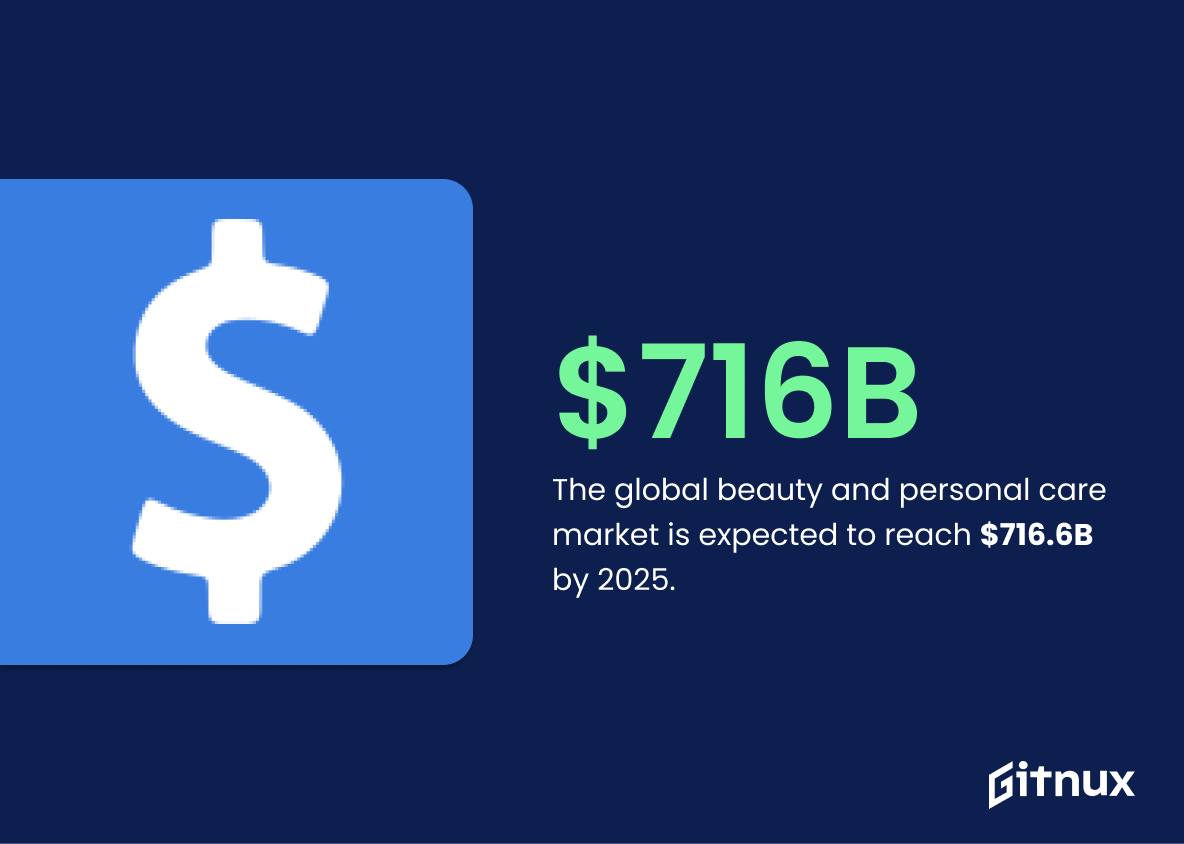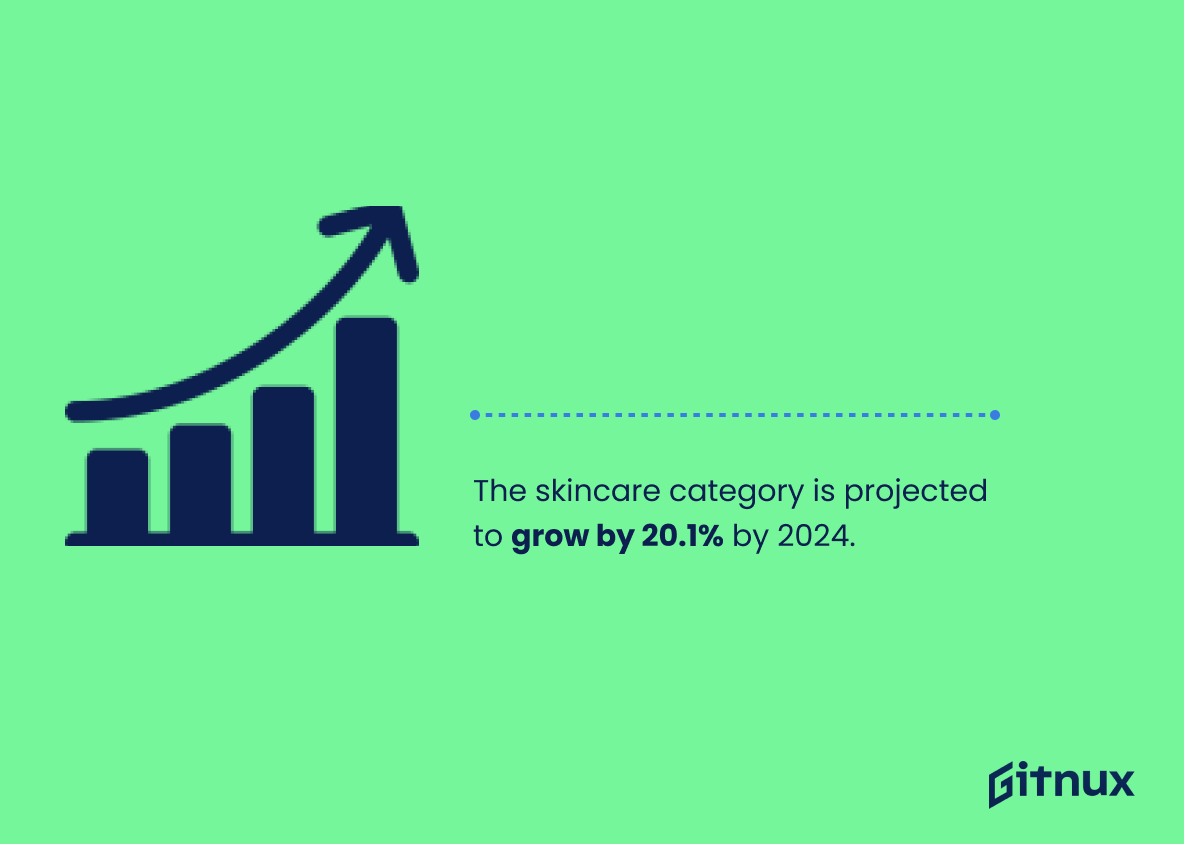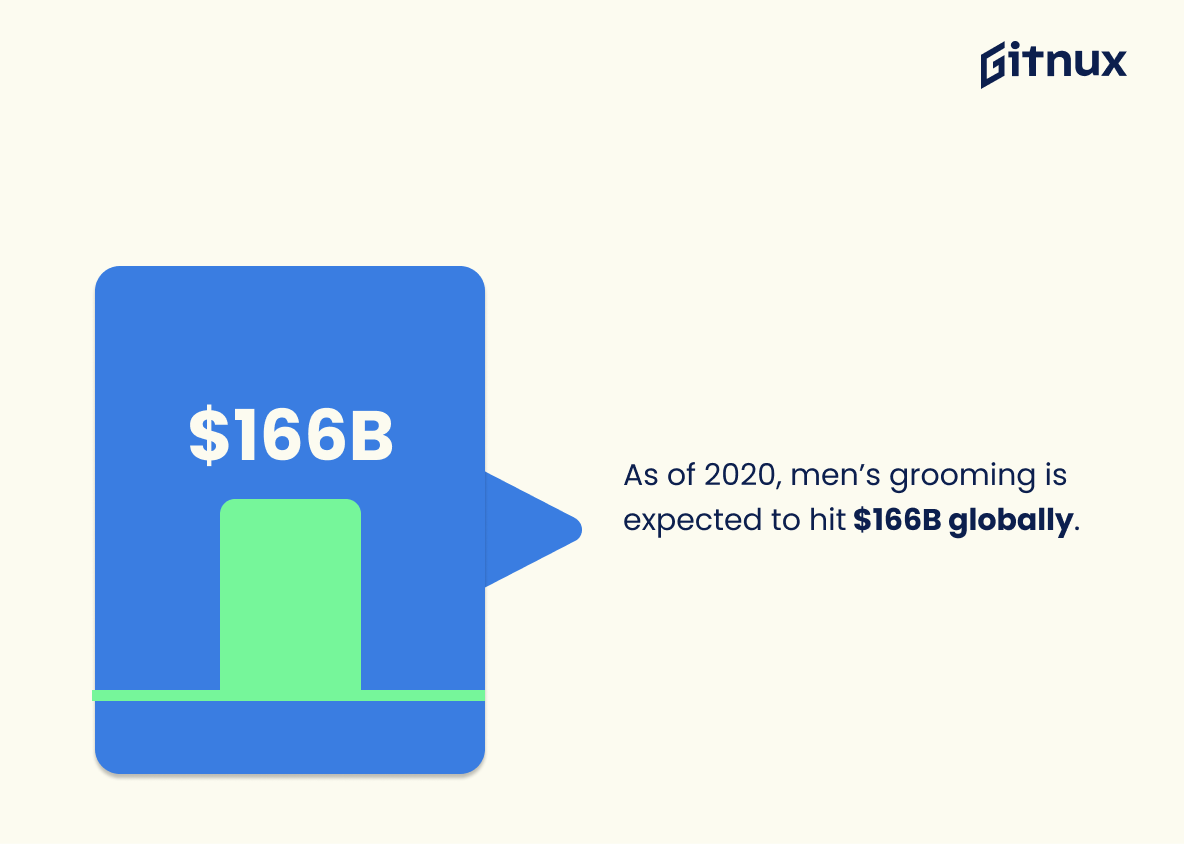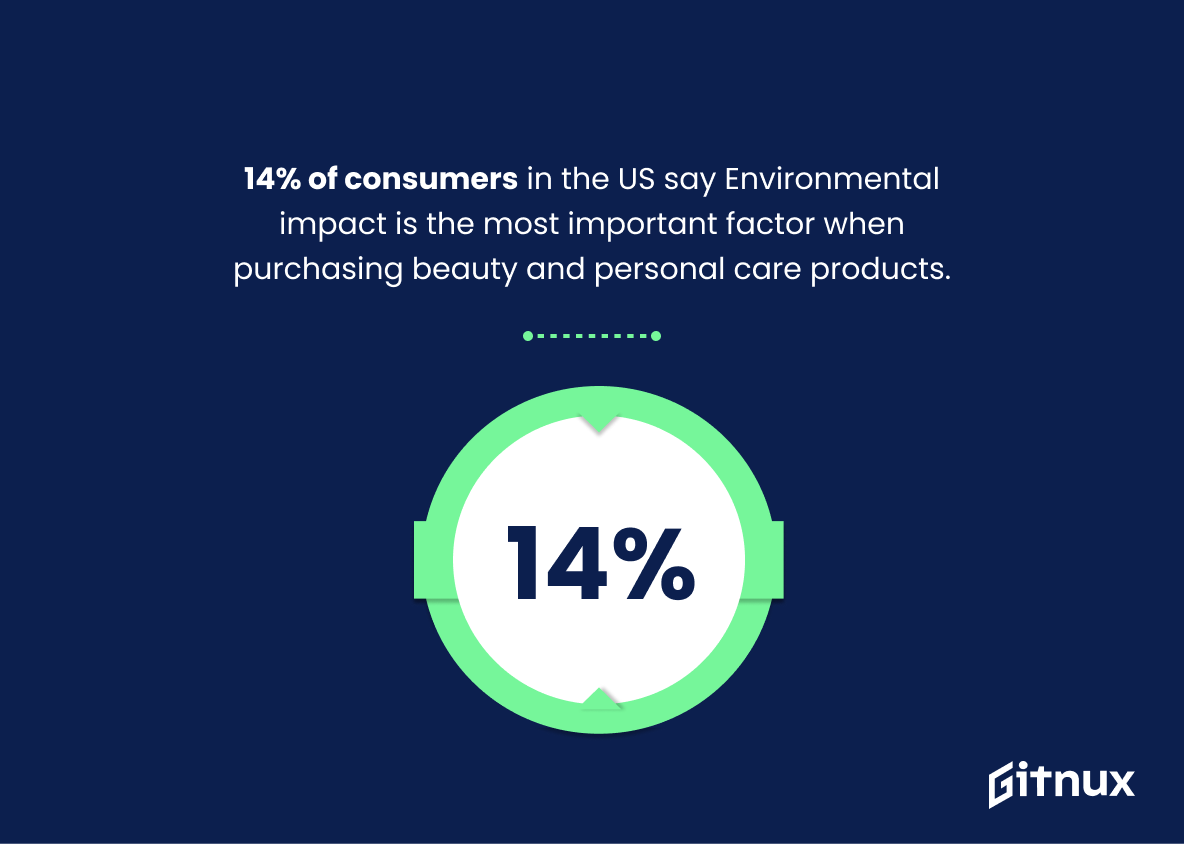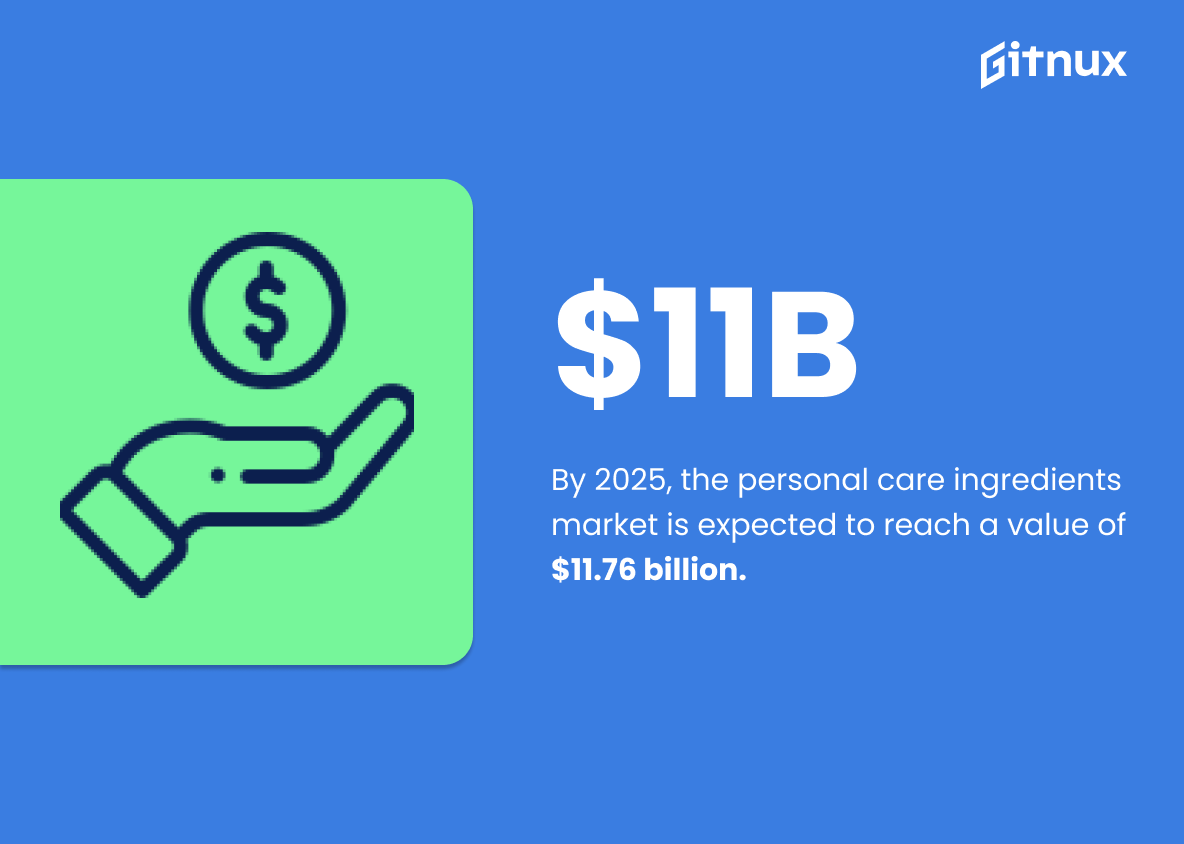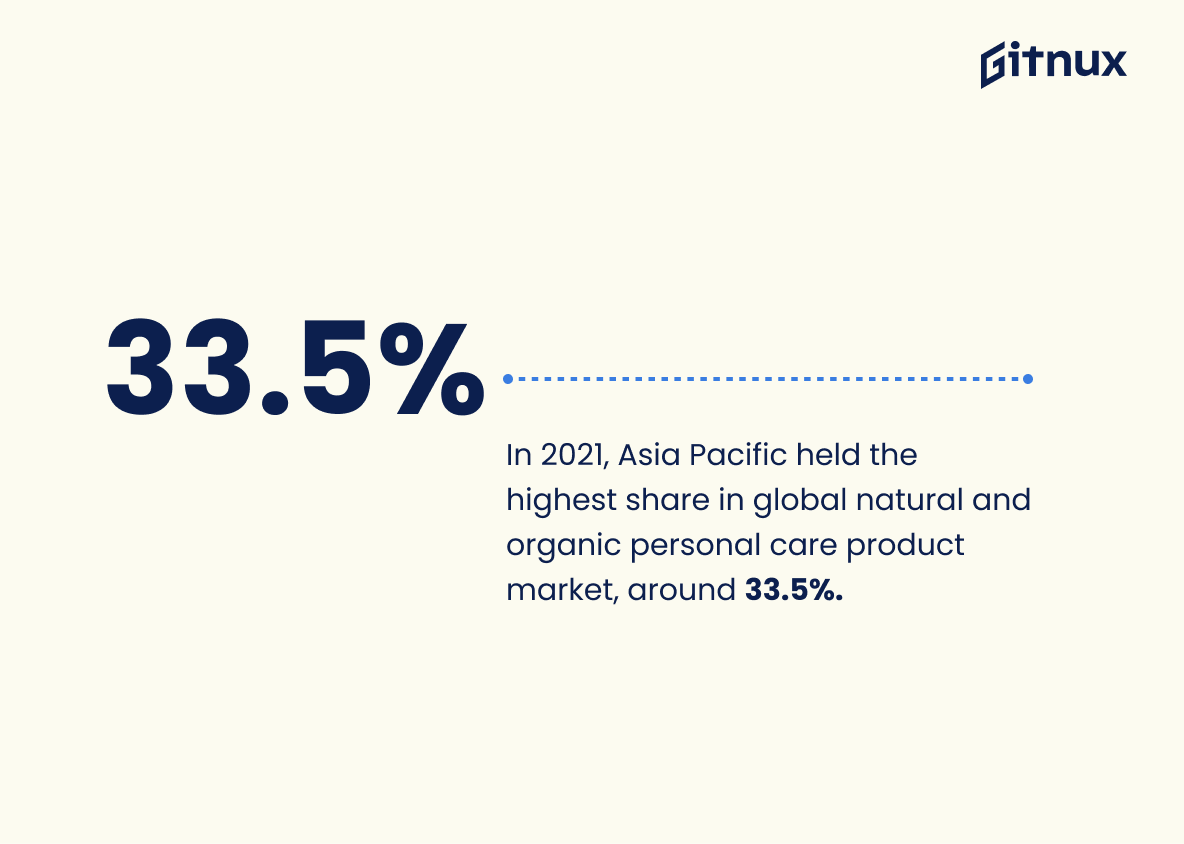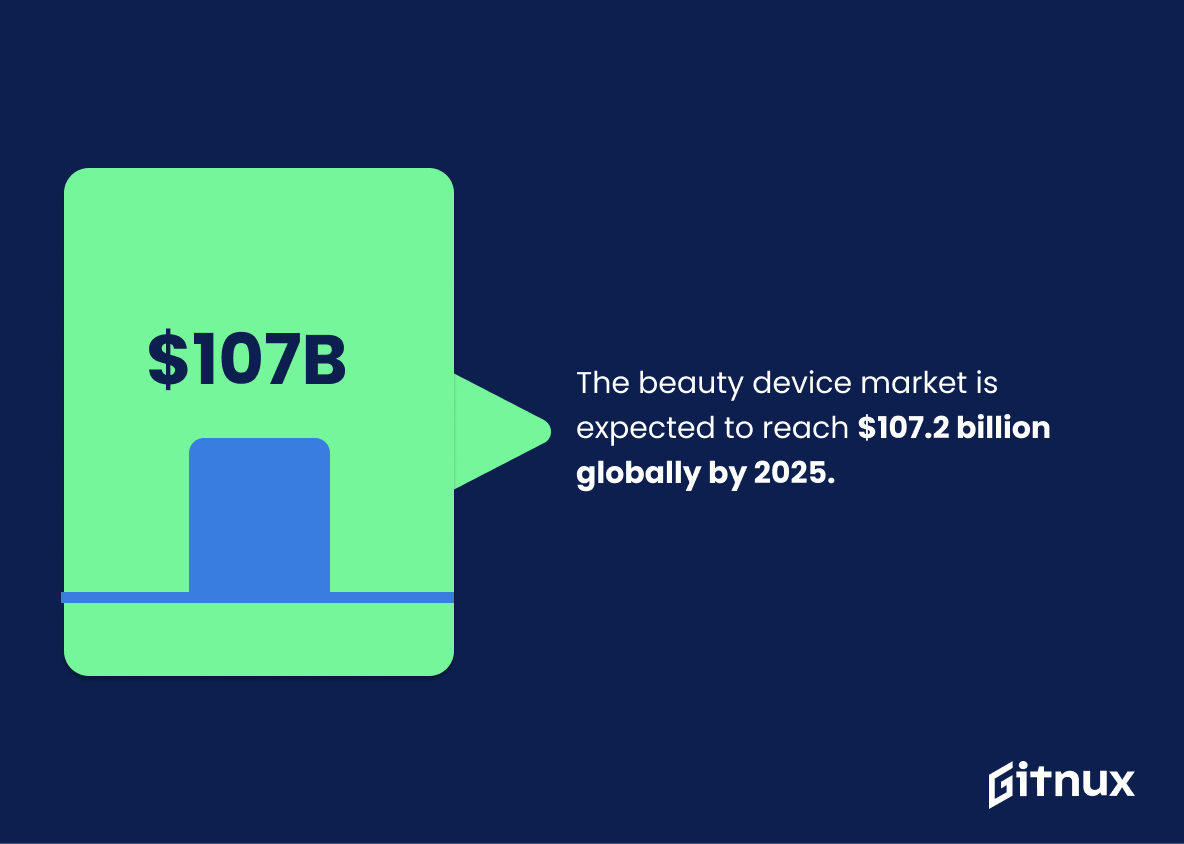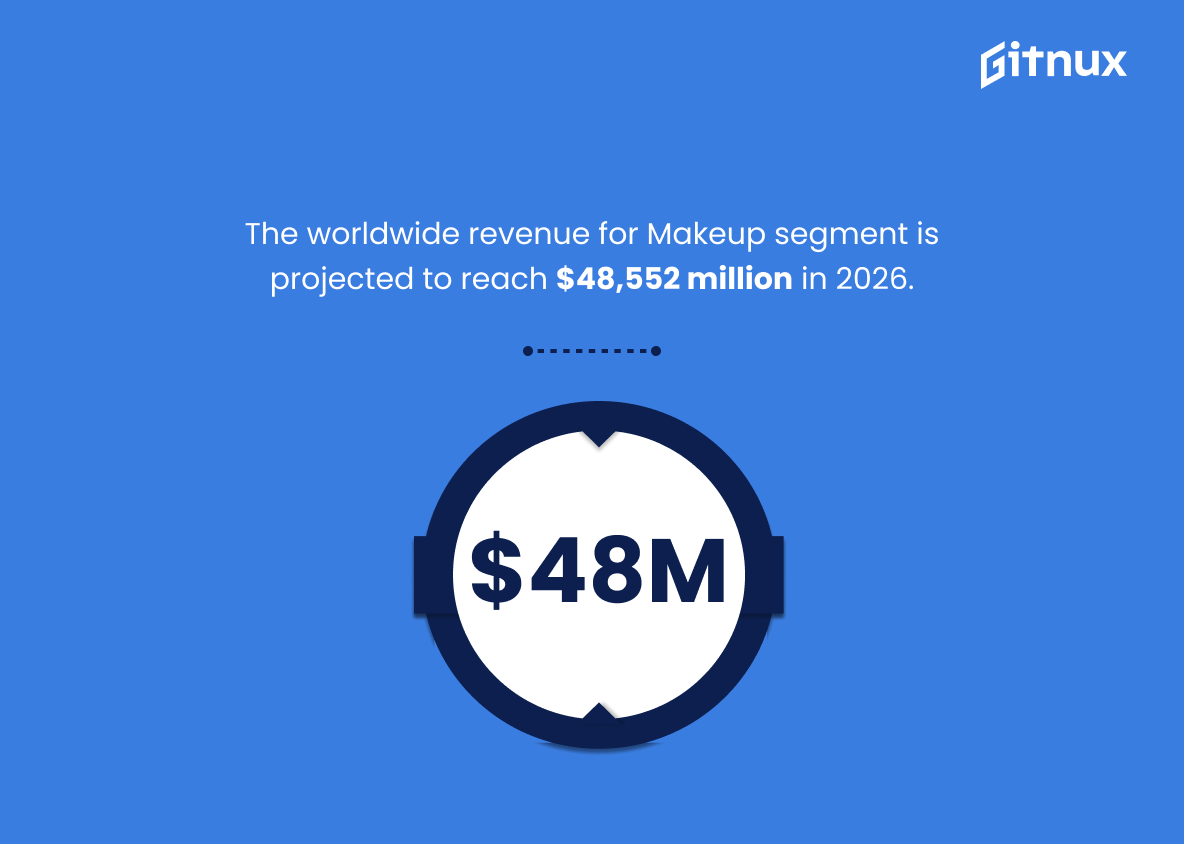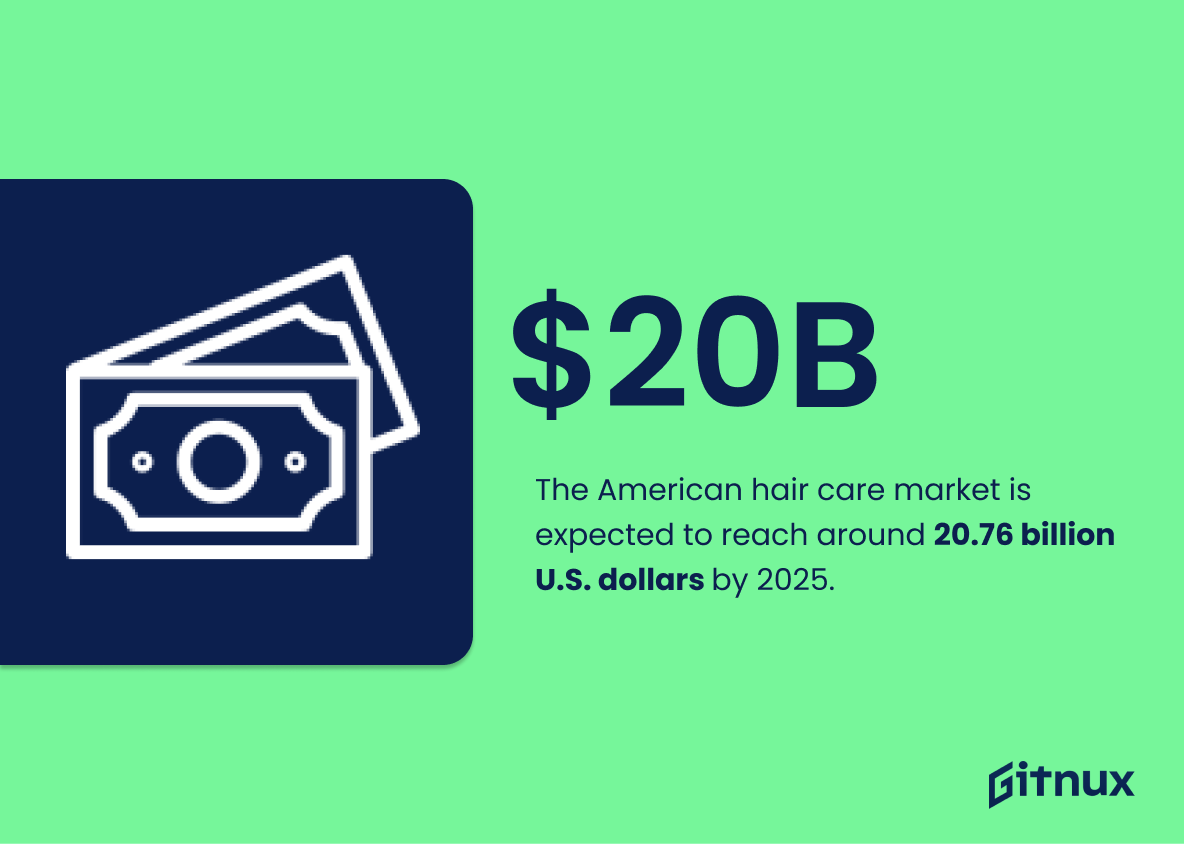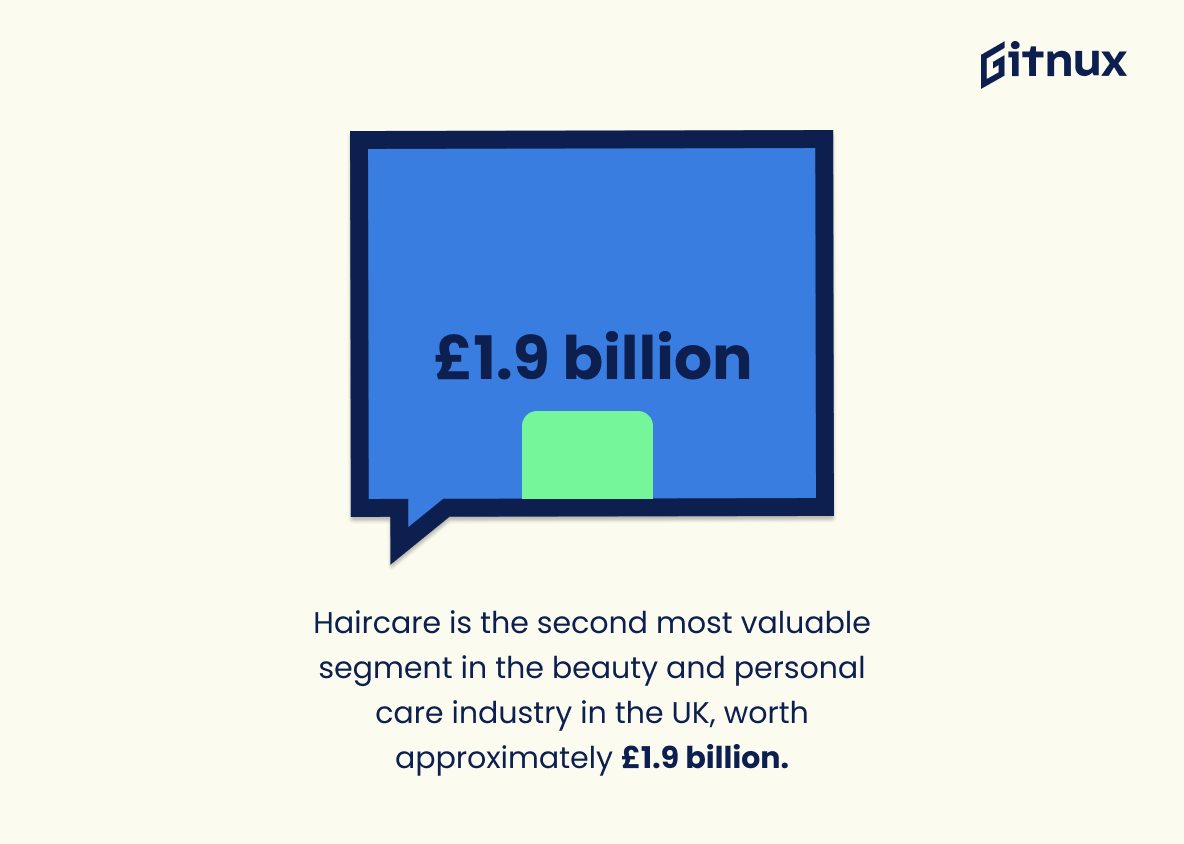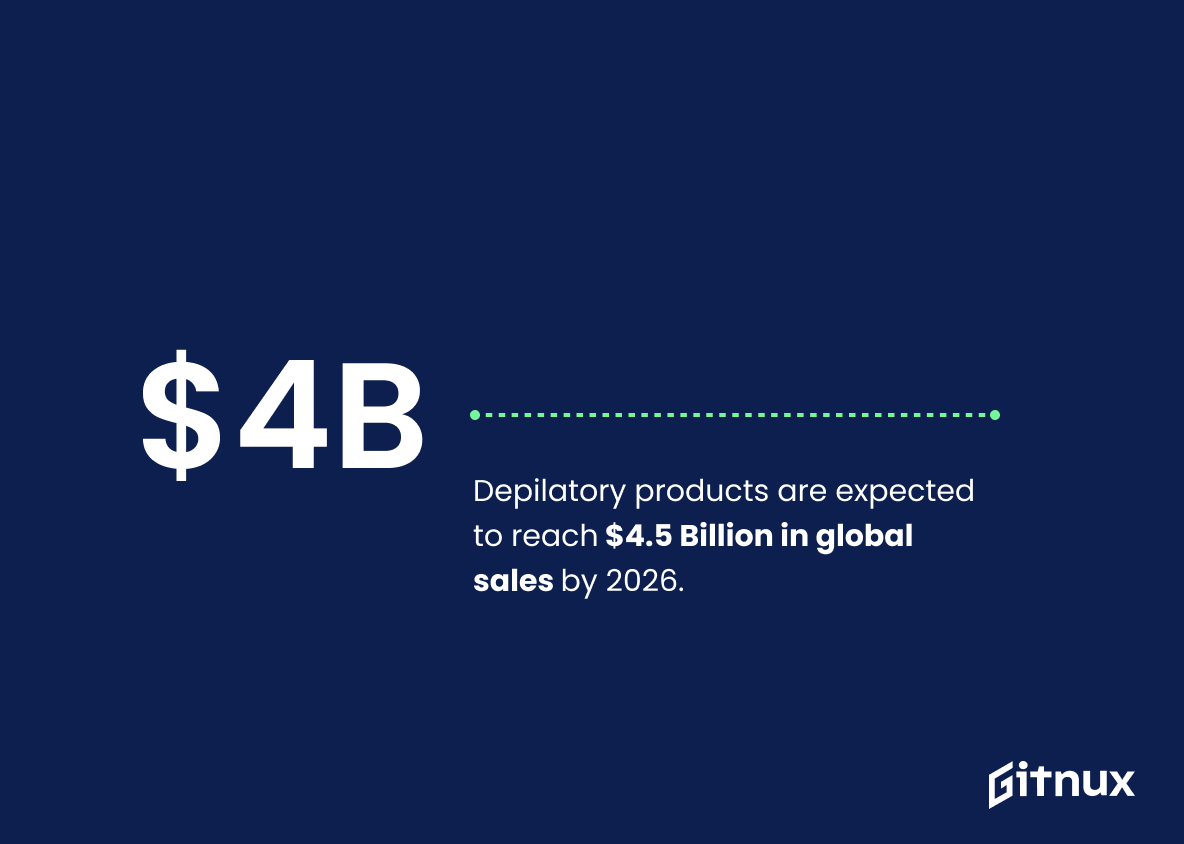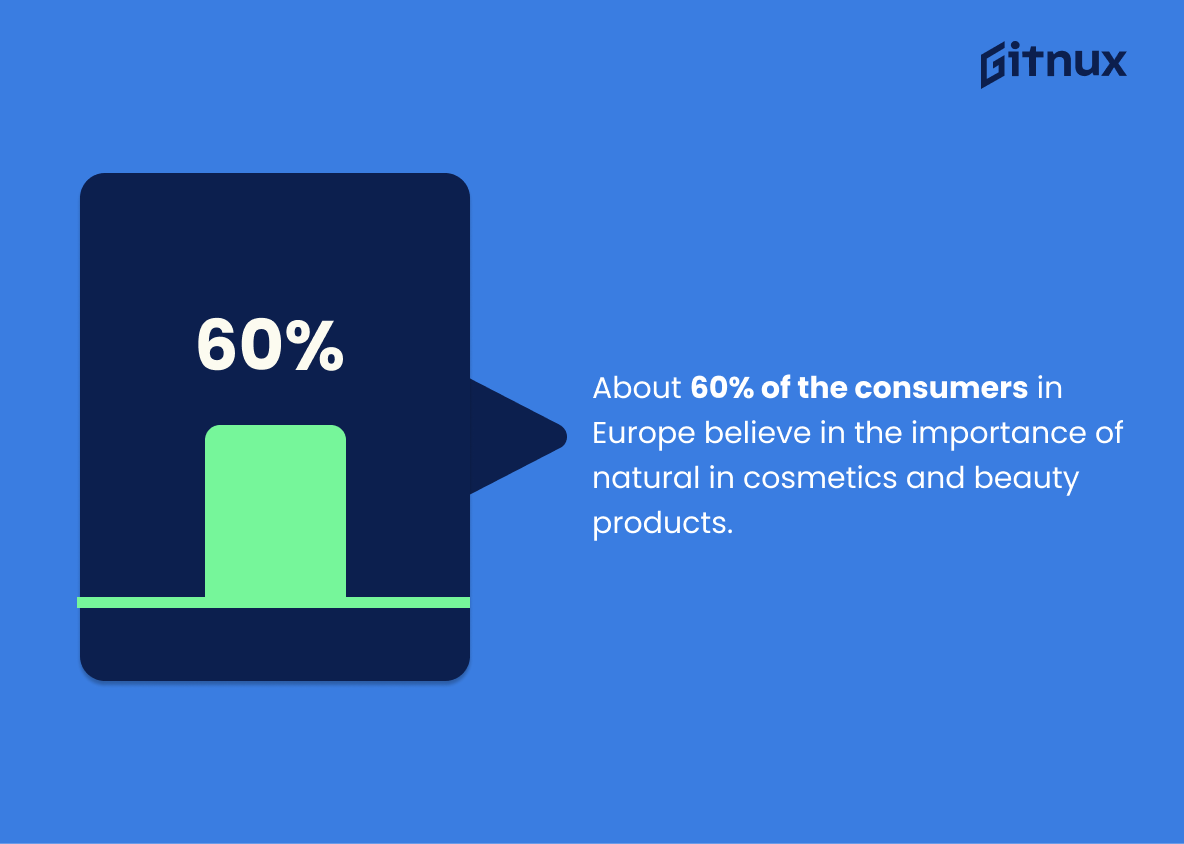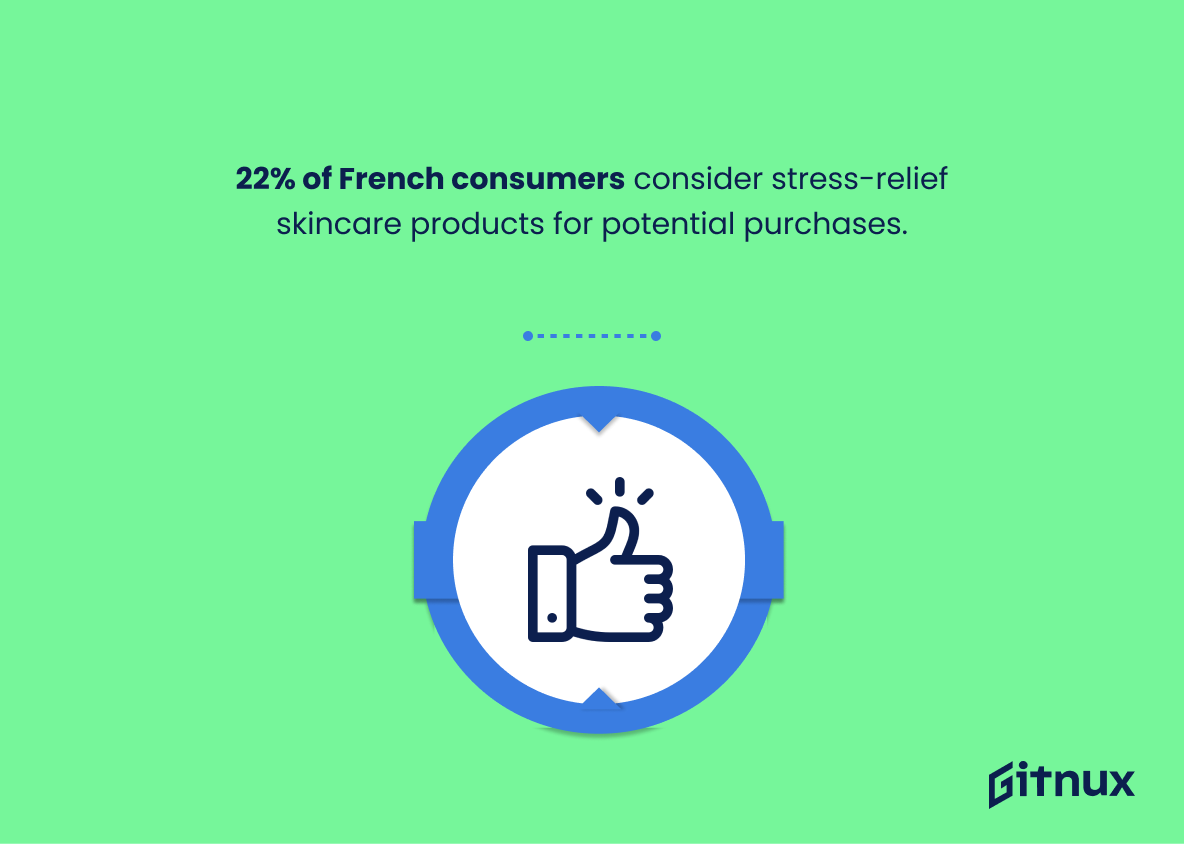Enter the exciting and stunning world of the Beauty and Personal Care Industry, a titan of the global market that is constantly evolving. In this insightful deep dive, we will unravel a plethora of statistics that showcase the industry’s massive growth, innovation, and trends that are continually transcending expectations. From sales data to emerging market trends, consumer behaviour to industry forecasts, we’re going to shed light on the numbers that shape this dynamic, multi-billion-dollar industry. Whether you’re a beauty enthusiast, a daring entrepreneur, or a seasoned industry professional looking for the latest data, this comprehensive collection of stats is your lens into the colourful, ever-changing panorama of the beauty and personal care industry.
The Latest Beauty And Personal Care Industry Statistics Unveiled
The global beauty and personal care market is expected to reach $716.6B by 2025.
Shedding light on the projected growth of the global beauty and personal care market to a staggering $716.6B by 2025 underscores the relentless dynamism and expansion in the industry. Imagine this: every lipstick, moisturizer, fragrance, and myriad of other personal care staples is contributing to this incredible sum. This gives you a sense of the economic gravity and significance of the industry, undeniably accentuating the fact that the beauty and personal care sector is not just about vanity—it’s an economic powerhouse. Understanding this projection also offers bloggers, investors, and consumers alike a potent vision into a future where beauty and personal care products continue to thrive and evolve, ultimately shaping social trends and economic landscapes.
By 2024, skincare, the largest product category in the cosmetics industry, is predicted to grow by 20.1%.
“Dive into this wave of lucrative potential heading through the Beauty and Personal Care industry. Projecting a 20.1% growth for the skincare, the industry’s most significant product category by 2024, signifies a flourishing market ready to embrace new investors, innovators and consumers. In an ever-evolving industry landscape, this substantial increase reflects the escalating consumer preference for skincare products, highlighting lucrative opportunities for companies to innovate and capture this expansive market segment. So, whether you’re a well-established brand, a determined entrepreneur, or an avid beauty consumer, this forecasted upswing infers that the skincare division will be the industry’s sparkling gem, offering bountiful opportunities to capitalize on. In essence, the future of beauty significantly lies in our intrinsic desire for flawless, healthy skin.”.
As of 2020, men’s grooming is expected to hit $166B globally.
This irresistible shimmer of $166 billion forecasted as the worth of the men’s grooming industry globally by 2020 illustrates a potent element in the beauty and personal care sector. Amidst the discussions of lipstick shades and mascara brushes, it paints a striking picture of the surging interest and investment from men towards their own personal grooming. A clear testimony to the new age man who embraces skincare and grooming rituals as an integral part of his lifestyle, shattering the traditional gender stereotypes in the beauty industry. This figure elevates the discourse, emphasizing the increasing impact of the male consumer in the beauty and personal care market.
14% of consumers in the US say Environmental impact is the most important factor when purchasing beauty and personal care products.
Unpacking the significance of this statistic, it’s clear there is a budding ‘green’ movement within the US beauty and personal care purchasing decisions, with a noteworthy 14% of consumers making environment-driven choices. This informs our perception of the industry, indicating a shift in consumer behavior towards products that prioritize environmental sustainability. Whether your blog caters to industry leaders looking to understand the market better, or to eco-conscious consumers themselves, tracking this trend highlights the growing importance of factoring ecological considerations into industry strategy. The figure is a bellwether for where the beauty and personal care industry could be heading, hinting at new marketing avenues and product development opportunities.
By 2025, the personal care ingredients market is expected to reach a value of $11.76 billion.
This forecasted figure of $11.76 billion illustrates the exponential growth potential of the personal care ingredients market by 2025. It’s an illuminating glance into the future, emphasizing the escalating demand for quality personal care ingredients. By crystalizing the financial scale of the market, this statistic paints a vibrant image of how crucial this sector has become within the broader beauty and personal care industry.
The figure also underscores the increasing consumer awareness and desire for premium ingredients in personal care products. It’s a multifaceted beacon for industry stakeholders, signaling prosperous investment opportunities and nudging manufacturers to innovate and improve their offerings in order to capitalize on this booming market. From a consumer’s perspective, it forecasts a future of better and diverse product options, reinforcing the importance of this topic in an article about beauty and personal care industry statistics.
In 2019, the US had one of the largest beauty markets in the world, generating approximately 89.5 billion U.S. dollars in revenue.
Positioning the immense financial scope and influence of the US in the global beauty market, this substantial figure of 89.5 billion U.S. dollars underlines the country’s pivotal role in shaping industry trends and standards. It hammers home an important point that any discourse on beauty and personal care industry statistics isn’t complete without a deep-dive into the US market. This statistic enhances our understanding of the market’s scale and the potential served by the US beauty sector. From the alluring displays of physical shops to compelling online marketplaces, the sheer size of American consumer spending on beauty and personal care products demonstrates the sector’s prowess, promising endless possibilities for businesses and innovators.
In 2021, Asia Pacific held the highest share in global natural and organic personal care product market, around 33.5%.
This captivating piece of data illustrates the dominating position of the Asia Pacific region in the realm of natural and organic personal care products, with a hefty 33.5% slice of the global market pie in 2021. In the grand vista of beauty and personal care industry statistics, it highlights the tantalizing growth opportunities presented by this region, a lush fertile ground for industry players. Armed with this insight, businesses can make a strategic pivot and tailor their product development and marketing strategies to tap into the potential of this burgeoning marketplace. In essence, it serves as a compass, guiding the course of the industry toward profitable ventures and sustainable growth.
The beauty device market is expected to reach $107.2 billion globally by 2025.
Interpreting the global beauty device market’s expectation to touch a striking $107.2 billion mark by 2025 brings an air of awe. This figure isn’t just a number, but represents a narrative etched in the canvas of the Beauty and Personal Care Industry’s changing landscape. It stands testament to the tremendous growth and transformative potential of beauty tech, a beacon of opportunities for both established players and fresh entrants in the field. This figure, subtly yet powerfully, forecasts the prominent role innovative beauty devices play in shaping consumer behavior and lifestyle trends. It paints a future where technology blends seamlessly with aesthetics, opening a new chapter in the beauty industry’s story. Isn’t it enthralling to know that we are part of an era where beauty meets innovation at such an extraordinary scale?
The worldwide revenue for Makeup segment is projected to reach $48,552 million in 2026.
Highlighting the projected worldwide revenue for the Makeup segment reaching a staggering $48,552 million in 2026 is essential in understanding the rapid growth and lucrative potential of the beauty and personal care industry. This figure not only underlines the industry’s thriving demand but also provides an indication of the scale and dynamism of this sector. By showcasing substantial projected revenues, we inherently emphasize the significant market opportunities for existing players and potential investors. Furthermore, the statistic can help underline future consumer trends, guiding businesses to strategically pivot or innovate their offerings for enhanced profitability.
The American hair care market is expected to reach around 20.76 billion U.S. dollars by 2025.
Highlighting the forecast that the American hair care market could balloon to an astounding 20.76 billion U.S. dollars by 2025 serves as a potent testament to the escalating growth trajectory of the beauty and personal care industry. This powerful projection not only maps out the potential financial opportunities in the industry, but also underscores the vibrant vitality present within the hair care segment. It serves as a compelling call to all players in the market, from innovators, investors, to entrepreneurs, to pay greater attention to this thriving segment. Importantly, it gives readers a macro glance into the future, allowing them to follow the trail of this booming beauty revolution, where hair care is poised to claim its dominance.
Haircare is the second most valuable segment in the beauty and personal care industry in the UK, worth approximately £1.9 billion.
Understanding the monetary value of the haircare segment in the UK’s beauty and personal care industry provides a critical insight for industry players, bloggers, and potential investors. The stunning £1.9 billion valuation signifies a high consumer spending potential and growth opportunities in this segment. Record-breaking figures such as these, serve as an exciting weather vane for market trends, consumer behavior and the lucrative possibilities the haircare niche offers. In showcasing these robust figures in a blog post, readers can also leverage this information to gain a competitive edge, identify industry hotspots, and uncover potential investment opportunities.
Depilatory products are expected to reach $4.5 Billion in global sales by 2026.
The beauty and personal care industry extends a warm invitation to an illuminating statistic: an anticipated $4.5 billion in global sales for depilatory products by 2026. This forecast not only underscores the escalating global interest in smooth, depilated skin, but also catapults depilatory products into the spotlight as a heavyweight contender in the beauty sector.
Tracing this uncanny growth, the statistic paints a larger picture, capturing the shift in consumer trends towards personal grooming and body hair removal. It is indicative of the windfall profits that await businesses savvy enough to exploit this rising demand, creating a stir in the beauty and personal care industry.
Moreover, this projection illuminates the potential for innovation and expansion within the depilatory market itself. With consumers demanding more efficient, pain-free, and skin-friendly products, the boost in sales will likely usher in a new era of research and development.
In the spotlight of the beauty and personal care industry statistics, this remarkable growth forecast for depilatory products shines brightly, signaling the birth of new business opportunities and consumer trends. It’s not just a number, rather a milestone marking a fascinating trajectory of the beauty industry’s future.
About 60% of the consumers in Europe believe in the importance of natural in cosmetics and beauty products.
Highlighting this statistic serves as a beacon for beauty and personal care brand strategists and marketers alike. It underscores the potent influence natural ingredients wield over European consumer choices in the cosmetic and beauty product market. As trends reveal consumers’ shifting paradigms towards more sustainable and ethically-produced products, businesses navigating the terrain of beauty and personal care need to calibrate their product development and marketing strategies. Thus, this data isn’t just a set of numbers—it’s the voice of a substantial percentage of consumers echoing across the industry, a call-to-action for businesses to align with consumers’ growing penchant for natural ingredients.
22% of French personal care products consumers notes that skincare products designed for stress relief would encourage purchase.
Unpacking this impressive statistic unveils a significant trend in the beauty and personal care industry in France. A noteworthy 22% of French consumers of personal care products have purportedly expressed that their buying decisions would be influenced positively by skincare products explicitly created for stress relief. The beauty industry, taking note of this consumer behavior, could potentially maximize their product line and sales by developing and marketing items targeted towards mitigating stress, further feeding into an already growing demand.
On top of this, dissecting this detail provides valuable insight for those invested in the industry. Whether you’re a product developer, marketer, or a consumer keen on identifying the next big trend, this particular statistic provides a clear roadmap. It gives a sneak peek into the evolving needs and preferences of consumers, underscoring a shift from traditional skincare routines to those that cater to mental wellbeing – a relevant narrative for a blog post about the beauty and personal care industry’s current state.
The global demand for organic personal care products was over $13 billion in 2018.
Drawing from the compelling figure of over $13 billion in 2018, it is quite evident that the sphere of organic personal care products is not just a niche market but an exponential growth industry. This statistic paints a vivid portrait of how consumers worldwide are consciously pivoting towards environmentally friendly and health-conscious choices. The surge in demand for organic personal care products underscores the shifting consumer behaviors and trends. The beauty and personal care industry, therefore, needs to adapt and align themselves with this growing trend to stay relevant and profitable. It’s not just about meeting business bottom lines but also about supporting people’s aspirations for a sustainable and health-conscious lifestyle. Therefore, for anyone navigating the terrain of beauty and personal care industry, these figures are crucial commandments to consider while shaping their strategy and growth roadmap.
The beauty and personal care industry online market generated around 11.84 billion yuan in China in 2019.
Delving into the substantial worth of China’s online beauty and personal care market, with a remarkable turnover of approximately 11.84 billion yuan in 2019, makes a striking point. This notable figure puts a spotlight on the vast commercial opportunity within the digital landscape and predictably, the increasing consumer dependence on online shopping in China. Within a blog that examines beauty and personal care industry statistics, this data serves as a compelling illustration, underlining the potential for companies to thrive in e-commerce. It imparts insights into current market trends, encouraging businesses and industry spectators to pivot their strategies towards digital mediums and capitalize on such a lucrative market.
In India, the beauty and personal care market is expected to grow with a compound annual growth rate (CAGR) of about 18% during 2019-2023.
Casting light upon the dramatic shift within the Beauty and Personal Care Industry, we journey to the heart of India. Here a miraculous transformation captured in data paints a vivid picture: by 2023, the market will be expanding at a Compound Annual Growth Rate (CAGR) of nearly 18%. This enticingly brisk expansion, taking place between 2019 and 2023, isn’t confined to the spreadsheet; it is a dynamic tableau of entrepreneurial vision and consumer demand intersecting across India’s vast landscapes. In the ever-evolving tale of beauty and personal care industry statistics, this narrative of growth allows would-be investors, corporate behemoths and savvy startups to alter their marketing strategies, tailor their products, and carve an imprint on an industry in full bloom. This surge—with a unique blend of cultural, economic, and societal factors—promises to reshape the beauty industry, making India an illustrious prologue to a chapter of unprecedented opportunity and vibrant expansion.
Online sales for beauty and personal care items increased by about 36.5% in 2020 as compared to 2019 due to the Covid-19 pandemic.
Highlighting a game-changing figure, the 36.5% increase in online sales of beauty and personal care items in 2020, paints a vivid portrait of how consumer behavior shifted in response to the Covid-19 pandemic. When examining the pulse of the Beauty and Personal Care industry, this particular statistic serves as a marker, signifying the industry’s resilience in an uncertain climate. Given the drastic transformation in shopping habits, it sheds light on the industry’s ability to innovate and adapt to change swiftly, revealing an unprecedented boom in digital shopping trends amidst challenging times. This piece of data, undoubtedly, underscores the ever-growing importance of e-commerce within the sector, providing invaluable insights for entrepreneurs, stakeholders, and consumers.
Oral care items account for approximately 15% of the total beauty and personal care market in Brazil.
Highlighting this statistic underscores the striking influence of oral care items within Brazil’s beauty and personal care industry. It paints a vivid picture of market dynamics, revealing that one in every seven dollars spent in this sector is directed towards oral care. This not only illustrates the immense potential for existing and aspiring businesses in the oral care realm, it also hints at the country’s unique beauty norms and trends. The number signifies that any conversation about the beauty and personal care market in Brazil would be incomplete without a mention of oral care items. Casting light on this pattern therefore, adds depth and texture to the discussion in a blog post about Beauty and Personal Care Industry Statistics.
In 2019, L’Oréal controlled 14% of the beauty and personal care market.
Highlighting the dominance of L’Oréal’s 14% control in the beauty and personal care market in 2019, complements our understanding of the industry’s current landscape. It underscores the dynamic role major players have in shaping this industry, particularly how one company can command a substantial segment within a multi-billion dollar market. This number acts as an illuminated marker, signaling the competitive nature of the industry while also reflecting the consumer’s trust and preference for this brand. It is an indicator of L’Oréal’s commercial prowess, strategic positioning and marketing effectiveness. A blog post on industry statistics without this insightful piece of information would indeed miss a crucial part of the bigger picture.
Conclusion
The Beauty and Personal Care industry is a dynamic and thriving sector which, as statistics show, continues to grow exponentially. The increasing consumer focus on self-care, wellness, and aesthetics plays a significant part in this growth. It is equally fueled by emerging trends such as organic and eco-friendly products, male grooming products, and technological innovations in beauty care. Hence, whether you are a business owner looking for opportunities in this industry, a consumer interested in latest trends, or simply a stats enthusiast, keeping an eye on this swiftly evolving sector can offer valuable insights and advantages. Based on the current trajectory, the coming years are expected to bring ample innovative developments and exciting growth within the beauty and personal care industry. To stay ahead of the curve, it is essential to keep up with these industry statistics and trends.
References
0. – https://www.www.euromonitor.com
1. – https://www.www.cosmeticsdesign-europe.com
2. – https://www.www.globenewswire.com
3. – https://www.www.alliedmarketresearch.com
4. – https://www.www.reuters.com
5. – https://www.www.techsciresearch.com
6. – https://www.www.marketsandmarkets.com
7. – https://www.www.mintel.com
8. – https://www.www.emarketer.com
9. – https://www.www.statista.com
10. – https://www.www.grandviewresearch.com
11. – https://www.www.businesswire.com
